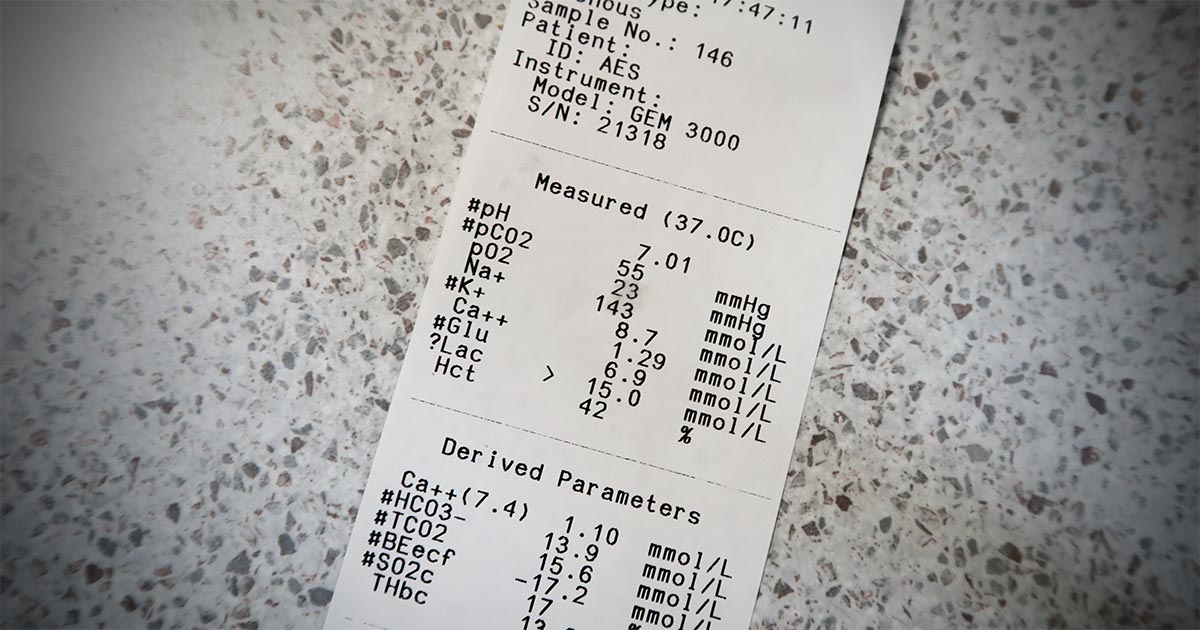Tag: Hypoadrenocorticism
-
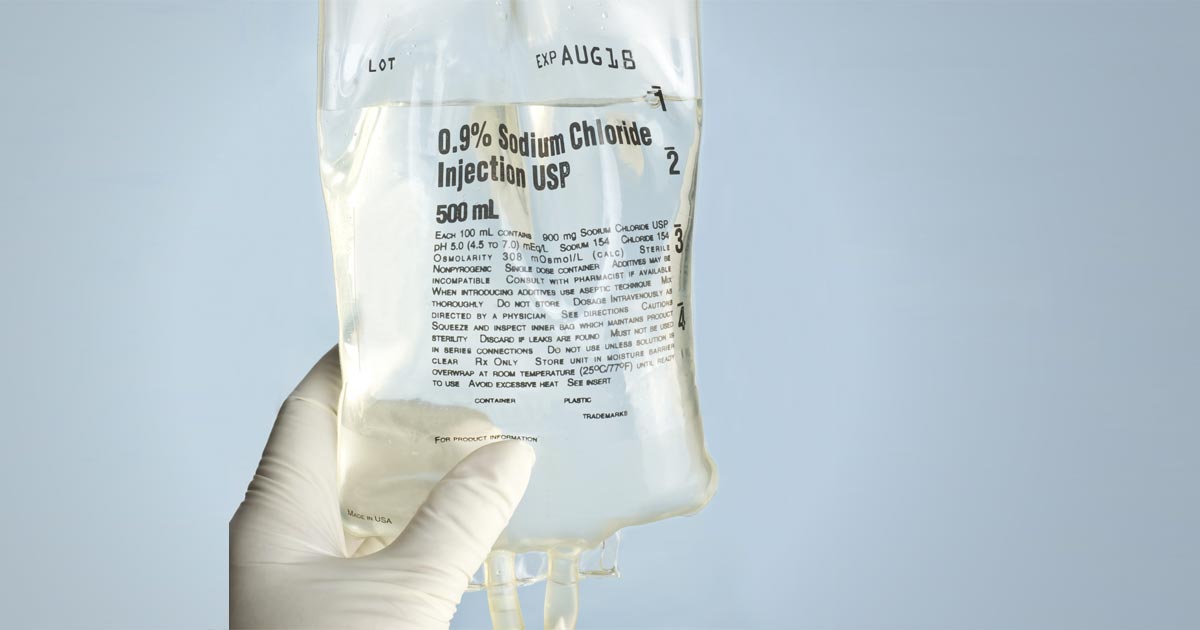
Hyponatraemia, pt 3: correcting a sodium concentration of 110mEq/L
—
by
The amount of sodium required to increase serum sodium concentration to a desired value can be calculated from the following formula: Sodium deficit = 0.6 × bodyweight (kg) × (normal sodium [mEq/L] – patient sodium [mEq/L]) Table 1. Sodium content of various fluids Fluid Type Sodium content (mEq/L) 0.9% sodium chloride 154 Normosol-R 140 Hartmann’s…
-

Hyponatraemia, pt 2: causes
—
by
The causes of hyponatraemia can be divided into three major categories, based on serum osmolality. This is further divided based on the patient’s volume status (Table 1). Most patients we see in clinic fall into the hypovolaemic category, except patients with diabetes mellitus. Table 1. Causes of hyponatraemia based on osmolality and volume status (from…
-

Hypoglycaemia
—
by
Blood glucose is an important parameter that should be included in every “emergency database”. Hypoglycaemia is considered when blood glucose levels drop below 3.5mmol/L or 63mg/dL. Symptoms can start as being vague, such as lethargy and weakness, then progress to tremoring and seizures. One important point is that, in an emergency setting, although reduced food…
-

Idiopathic AHDS in dogs: treat with antibiotics or not?
—
by
Idiopathic acute haemorrhagic diarrhoea syndrome (AHDS) – previously known as haemorrhagic gastroenteritis – remains the one disease where constant debate exists as to whether antibiotics should be used as part of the standard treatment. The logic behind using antibiotics to prevent bacterial translocation is sound, and if AHDS is truly initiated by Clostridium species or…
-
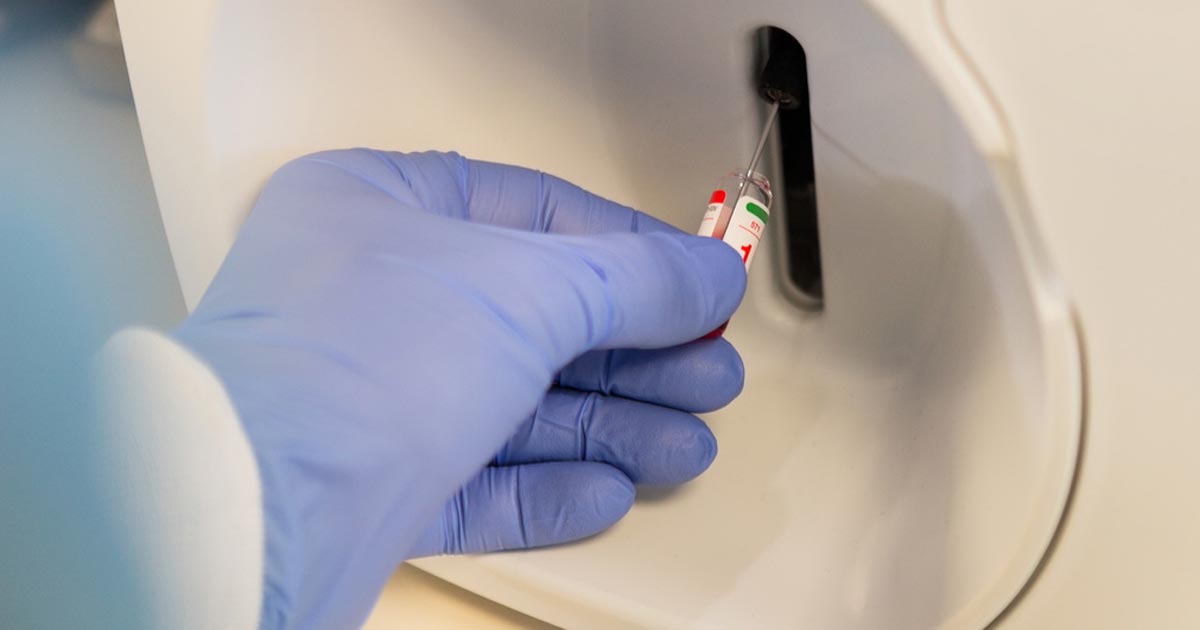
Blood gas analysis, pt 1: why everyone needs to know about it
—
by
For those of you who have received referral histories from emergency or specialists hospitals, blood gas analysis is probably no stranger to you. For those who have never heard of them before, fear not – you are in for a treat. In my emergency hospital, the blood gas analyser is arguably one of the most…
-
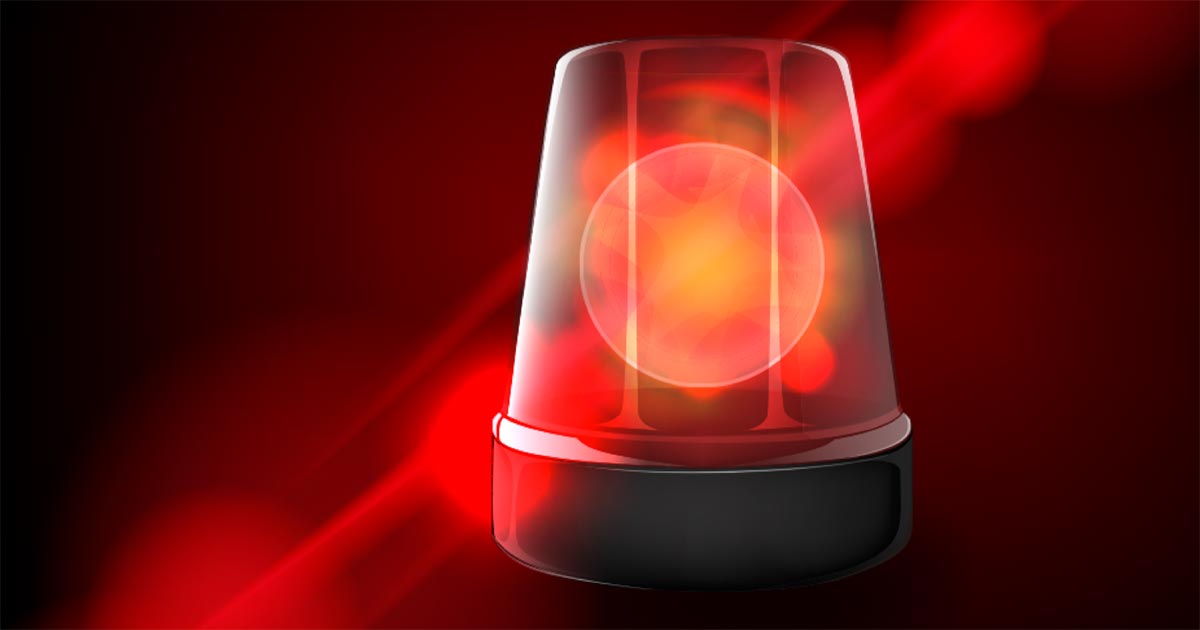
Handling an Addisonian crisis – part 1
—
by
Addison’s disease (hypoadrenocorticism) is one of those annoying diseases that does not always play by the rules. One of the main reasons is the clinical signs of Addison’s disease can be frustratingly non-specific and we don’t often see the classic “low sodium, high potassium” electrolyte changes we are attuned to noticing. Therefore, it is important…
-
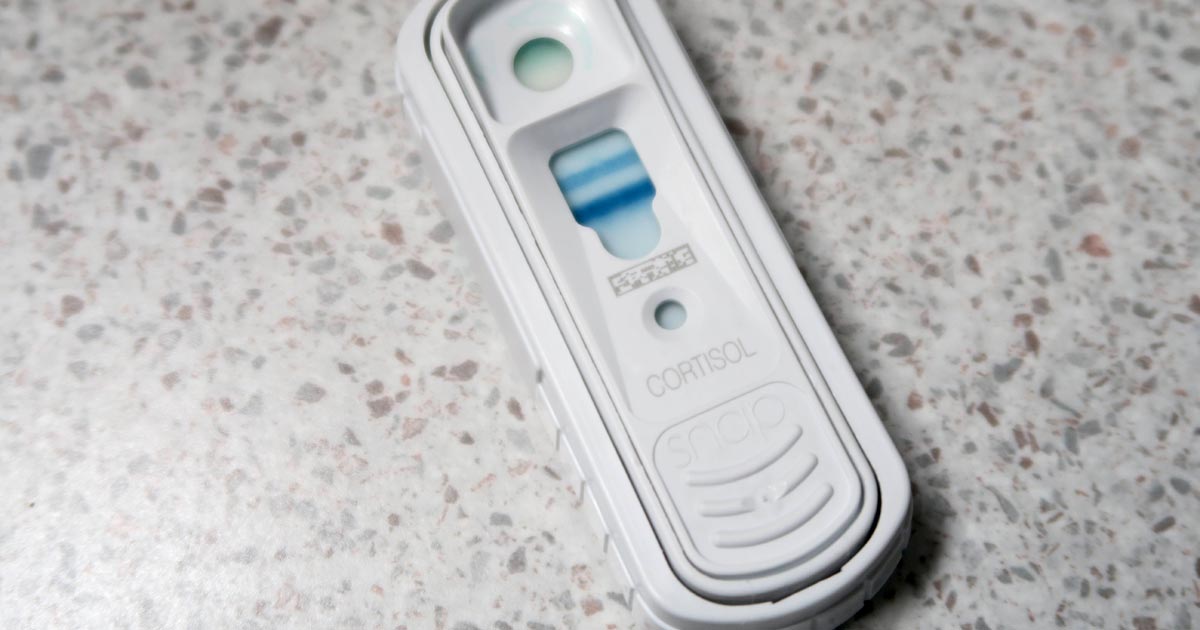
SNAP cortisol test
—
by
While hyperadrenocorticism is not an uncommon incidental finding in patients presenting to our emergency clinic, hypoadrenocorticism is a lot less common. Or, possibly, more frequently underdiagnosed. Textbook clinical presentations combined with haematology and biochemicial changes can make diagnosis straightforward, but not all patients will present with all the classic signs. To complicate things further, hypoadrenocorticism…
-

Barking up the right tree – with Trusty Paws
—
by
Originally a charity set up by veterinary students for the homeless hounds of Glasgow in October 2014, Trusty Paws has become incredibly successful and has received a huge amount of public support. This success has allowed the charity to run monthly clinics at the Simon Community Scotland drop-in centre, providing free health checks, vaccinations, microchipping,…
